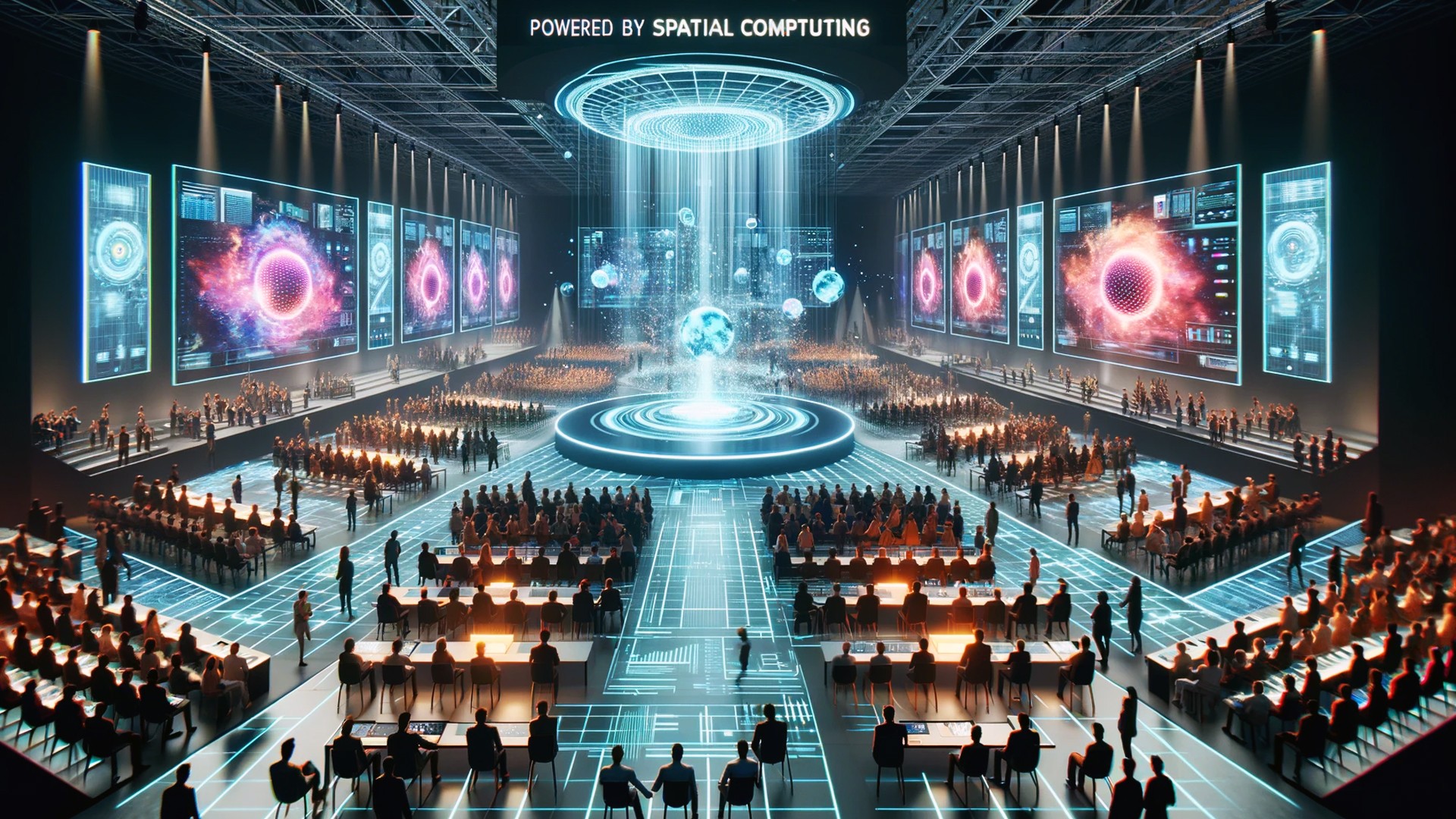Spatial Computing is revolutionizing the way we interact with the digital world, blending the physical and virtual realms to create experiences that are more intuitive, immersive, and engaging. As a core service of VR360, understanding Spatial Computing is essential for businesses and corporate clients looking to harness the latest in digital innovation.
The Essence of Spatial Computing
Spatial Computing refers to the technology that allows computers to be aware of the physical environment, including the location and movement of objects and people within it. It combines elements of Virtual Reality (VR), Augmented Reality (AR), Mixed Reality (MR), and Artificial Intelligence (AI) to create a seamless interaction between digital and physical spaces.
Impact on Industries
Spatial Computing is making significant strides across various sectors, including education, healthcare, real estate, and entertainment. In education, it offers immersive learning experiences that enhance understanding and retention. Healthcare benefits from advanced training simulations and patient care technologies, while real estate agencies use it for virtual tours, allowing clients to explore properties remotely. The entertainment industry, meanwhile, is redefining engagement through immersive gaming and virtual events.
Spatial Computing at VR360
At VR360, Spatial Computing is leveraged to develop cutting-edge solutions that transcend traditional digital boundaries. From creating immersive virtual tours that offer a 360-degree view of physical spaces to developing interactive VR experiences, VR360 is at the forefront of employing Spatial Computing to deliver unparalleled user experiences.
The Technology Behind Spatial Computing
The power of Spatial Computing lies in its ability to integrate hardware and software to interpret and manipulate the spatial data of the surrounding environment. This involves sophisticated sensors, advanced computer vision algorithms, and powerful processing units to accurately capture and render the physical world in real-time.
Benefits for Businesses
Adopting Spatial Computing can provide businesses with a competitive edge. It enables more engaging customer experiences, improved training and simulation, efficient design and prototyping, and enhanced data visualization. By making information interaction more natural and intuitive, Spatial Computing can lead to increased productivity and innovation.
Challenges and Future Directions
While Spatial Computing holds immense potential, it also presents challenges, including privacy concerns, technological limitations, and the need for standardization. However, as technology advances and more use cases emerge, these challenges are gradually being addressed. The future of Spatial Computing is promising, with ongoing research and development focusing on enhancing realism, reducing latency, and expanding accessibility.
Spatial Computing is reshaping the digital landscape, offering innovative solutions that merge the physical with the virtual. At VR360, the commitment to exploiting this technology reflects a dedication to providing clients with the most advanced and immersive digital experiences. As Spatial Computing continues to evolve, its impact on industries and daily life is expected to grow, marking a new era of digital interaction.

